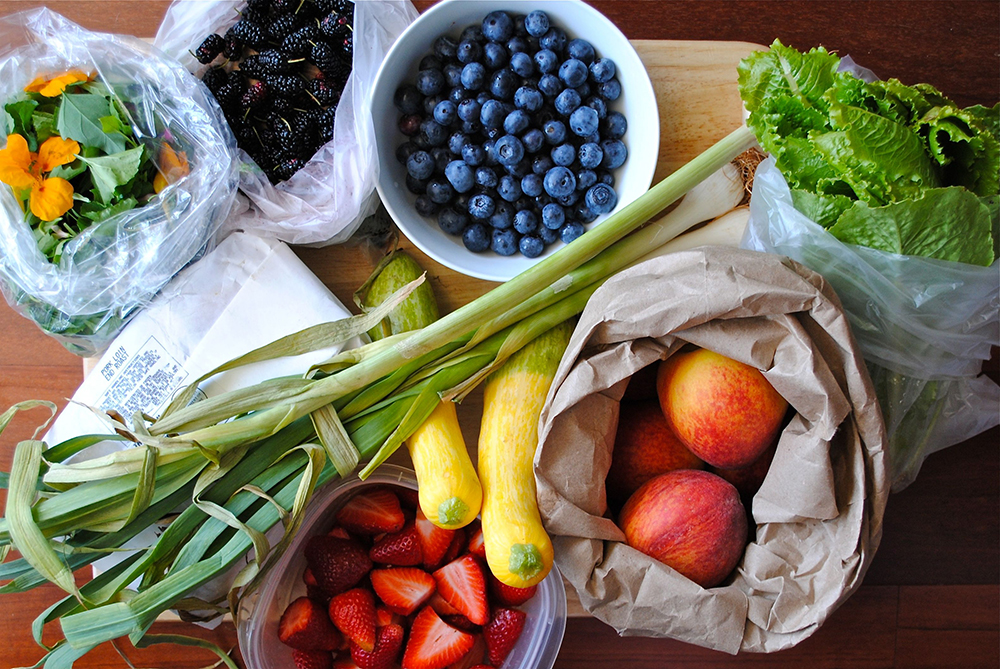Most of us have come across the healthy eating pyramid. Probably at school. Five core food groups with the nutritious ingredients like vegetables at the bottom, and seemingly sinful ones like butter on top.
It first appeared in Australia in the early 80’s and, not surprisingly, like the bold fashion of the era, it’s evolved over the years.
The most up-to-date version was released by Nutrition Australia last year. This time, one ingredient was wiped completely. It’s not hard to guess which … yes, sugar.
Now you’ll see it off to the side, next to salt, with a big red cross. This is why.
According to Nutrition Australia, “the average Australian already consumes too much salt and added sugar and this is linked to increased risk of diseases, such as heart disease, type 2 diabetes and some cancers”.
It means we should avoid “adding salt or sugar to food when we’re cooking or eating, and avoiding packaged foods and drinks that have salt or added sugar in the ingredients”.
From the 80s through to 2014, sugar sat on top of the pyramid, considered OK to eat in “small amounts”. This is the first time Nutrition Australia has acknowledged it should be consumed in very limited amounts, if at all, as part of a balanced diet.
What replaced the sugar in the top spot?
Healthy fats! The Australian Dietary Guidelines say “unrefined polyunsaturated and monounsaturated fats from plant sources, such as extra virgin olive oil, nut and seed oils” are good for us.
“We need small amounts every day to support heart health and brain function. We should choose foods that contain healthy fats instead of foods that contain saturated fats and trans fats.”
You can find naturally occurring healthy fats in these foods:
- Avocados
- Nuts
- Seeds
- Fish
So, what else has changed?
Bread has been removed from the “eat most” category
For the first time, grains have also lost their spot. They’ve been removed from the “eat most” category and shifted up a level. They’re replaced by fresh vegetables and legumes which now occupy three quarters of prime pyramid real estate. Fruit takes up the rest.
However, grains are still grouped with vegetables, legumes and fruit as Nutrition Australia’s main “foundation layers” for a healthy diet.
“These layers make up the largest portion of the pyramid because plant foods should make up the largest portion of our diet – around 70 per cent of what we eat.
“We should aim to have at least two serves of fruit and five serves of vegetables or legumes each day.”
When it comes to grains, wholegrain options are always best They include:
- Brown rice
- Oats
- Quinoa
- Spelt
It goes without saying, any bread, pasta or biscuits you eat should be wholemeal, wholegrain or high cereal fibre varieties as opposed to processed, refined versions.
Dairy and meat have remained mostly unchanged, in the middle
We get calcium, protein, vitamins and minerals from dairy and meat products, and are advised to consume these foods “moderately”.
Another element that remains unchanged, according to Nutrition Australia, is the success of the Healthy Eating Pyramid as an effective education tool. Thirty-five years on, it’s still the most used visual guide to the types and proportion of foods we should be eating.





